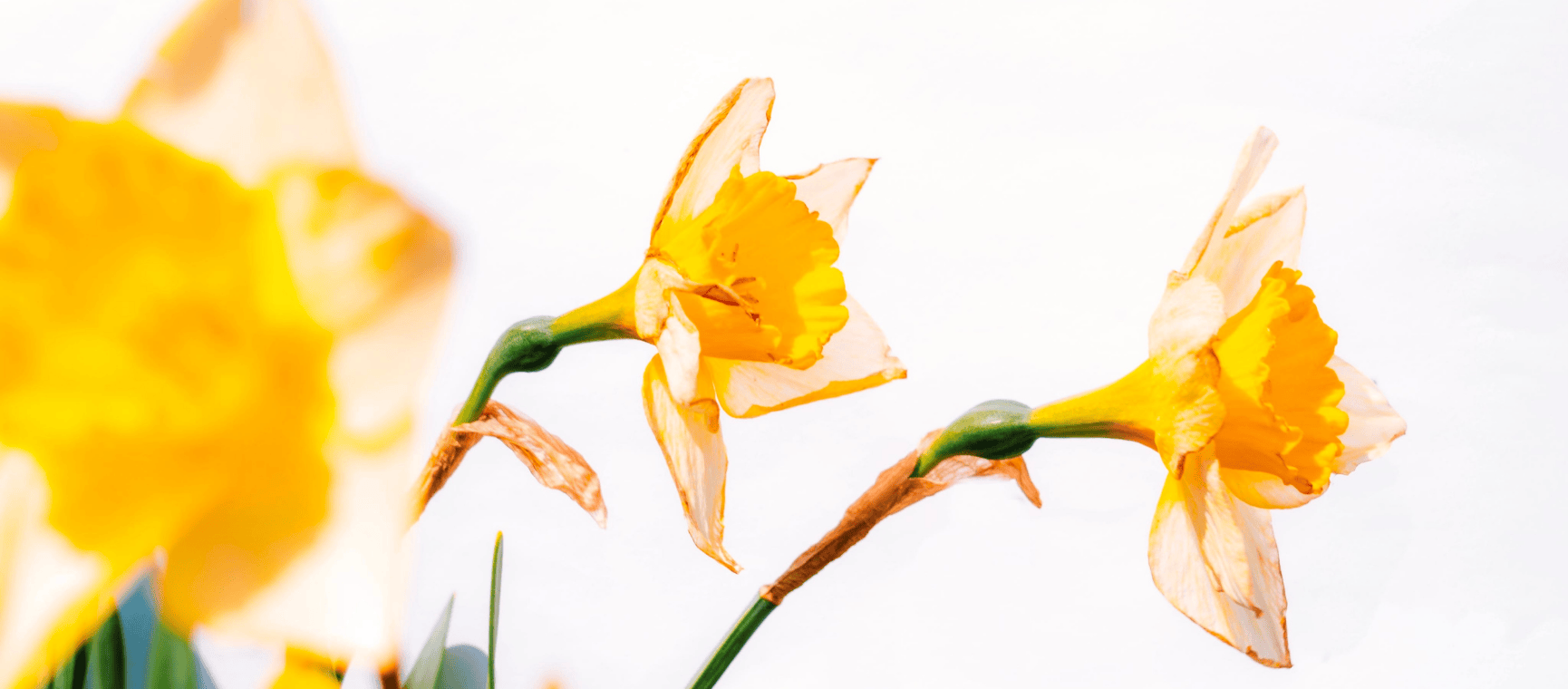
No matter what the weather we get during a British spring, you can always rely on daffodils to spread a little joy with their sunny faces.
But knowing what to do when daffodils finish flowering can make a huge difference to how successfully they return the following year. When they start to look a little tired and weary, it’s tempting to tidy them up – but you must resist the urge to cut daffodils back too soon.
You may have already used most of your daffodils to brighten up the kitchen table (if so, read our tips on how to make daffodils in a vase last longer).
However, if you’ve left them to their own devices in the garden, and they’ve lost their spring, we’ve got some top advice from experts on what to do next – including tips from Alan Titchmarsh.
We'll make sure you know what mistakes to avoid once daffodils have stopped flowering and tell you how to help them get enough food to flower next year.
Maintaining their leaves is crucial after flowering
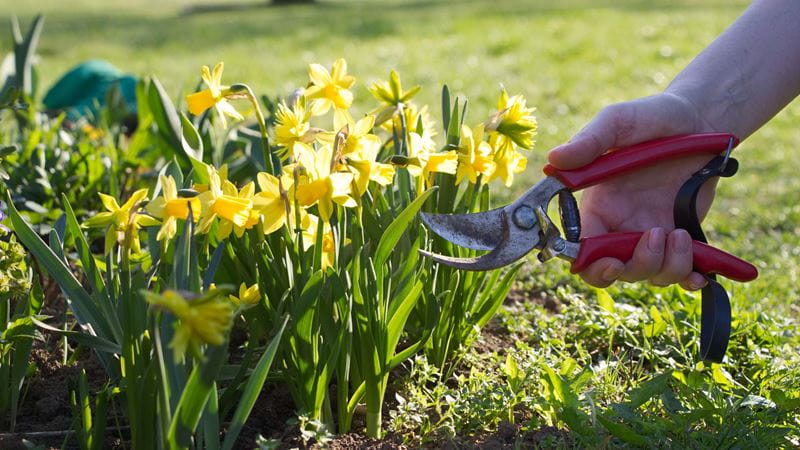
In the past, people have tied daffodil stems and leaves up (sometimes with an elastic band). This is so they look tidier as they’re dying back at the end of each spring. They’ve also cut them back prematurely, to the detriment of the plant’s health.
“As the flowering bulbs stop blooming, control the temptation to tidy them up by cutting back or removing their leaves,” horticultural adviser Michael Thurlow tells us.
“Let the foliage die back naturally, because after exhausting themselves flowering, the bulbs need their leaves [which absorb warmth, water and sunlight] to build up their strength for next spring.”
Alan Titchmarsh also warns against interfering with daffodils too soon after flowering. On a video posted on Instagram, he acknowledges that daffodils look “sad and tatty... and make the garden look messy”.
Deadhead your daffodils by hand

“The easiest thing to do,” Titchmarsh says, “is – with your thumb and your finger – pinch off each of the [flowerheads] with the seed pod.”
He explains that doing this once their yellow flowers have faded saves the plant’s energy. Plus, he adds, they don’t “look nearly so bad”.
He advises gardeners to add the removed flower heads to the compost heap. “Do not do what a lot of people do and tie [the leaves and stems] in a knot or put an elastic band around them” he warns.
Instead, once the heads have been removed, he tells gardeners to “leave them to flop ‘like that’ for six weeks after flowering. That allows the sunlight to get in there and photosynthesise through the leaves, make food and send it down to the bulb for next year’s flowers.”
They’ll lie dormant through the summer
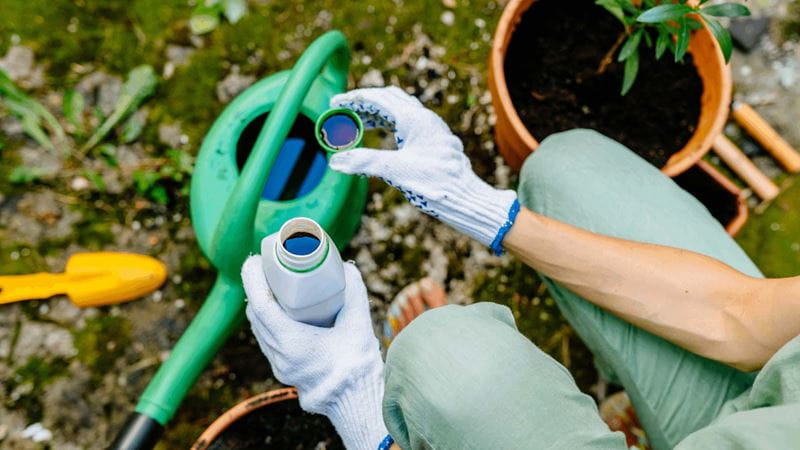
Six weeks later, usually around the end of May, Titchmarsh says you can then chop the remaining daffodil leaves and stems at ground level.
Thurlow agrees that a six-week waiting period is vital before removing daffodil foliage.
“Feed the bulbs with liquid tomato fertiliser,” he adds. “Don’t forget to mark the spot where they’re planted with a label. You don’t want to be damaging them later on.”
Deadheading daffodils properly, as per Titchmarsh’s advice, can also help to prevent what’s known as daffodil blindness.
Daffodil blindness occurs when plants that have bloomed healthily for a number of years end up only growing their green foliage without their iconic yellow flowers.
There are a number of causes of daffodil blindness, including, but not limited to:
The RHS website has information on how to control daffodil blindness.
Rosanna Spence has been a journalist for 10 years, reporting on a huge array of topics – from microwaves to cocktails, sustainable buildings, the Caribbean islands and beyond. She’s interviewed chefs at the helm of Michelin-starred restaurants and chatted to countless CEOs about their businesses, as well as created travel guides for experienced travellers seeking life-changing adventures. Throughout her career, she has created content for Business Traveller, i-escape.com, Pub & Bar, BRITA, Dine Out and many more leading titles and brands.
View author page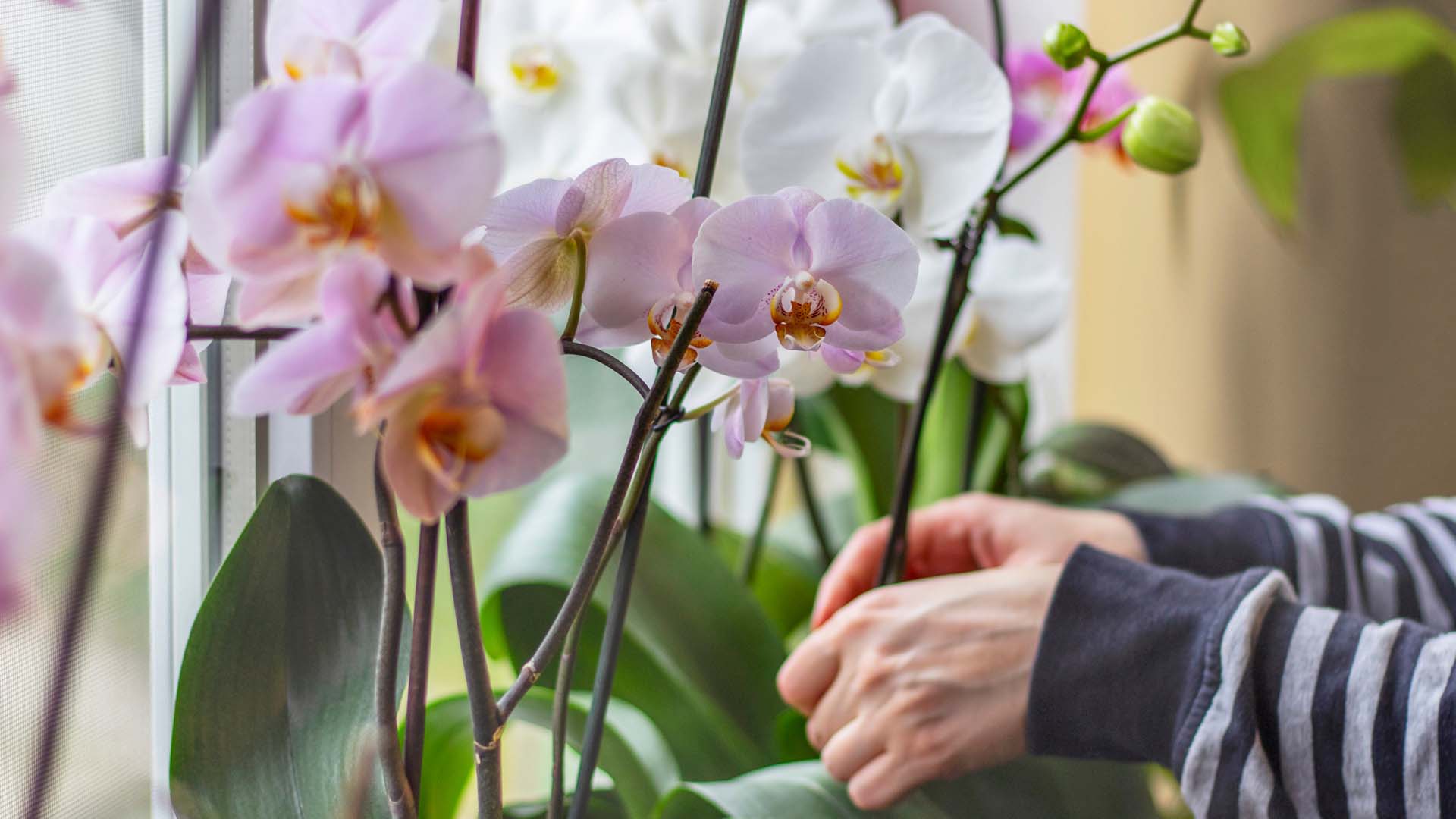
Our expert pruning and watering hacks include a top tip to keep them flowering from Alan Titchmarsh.
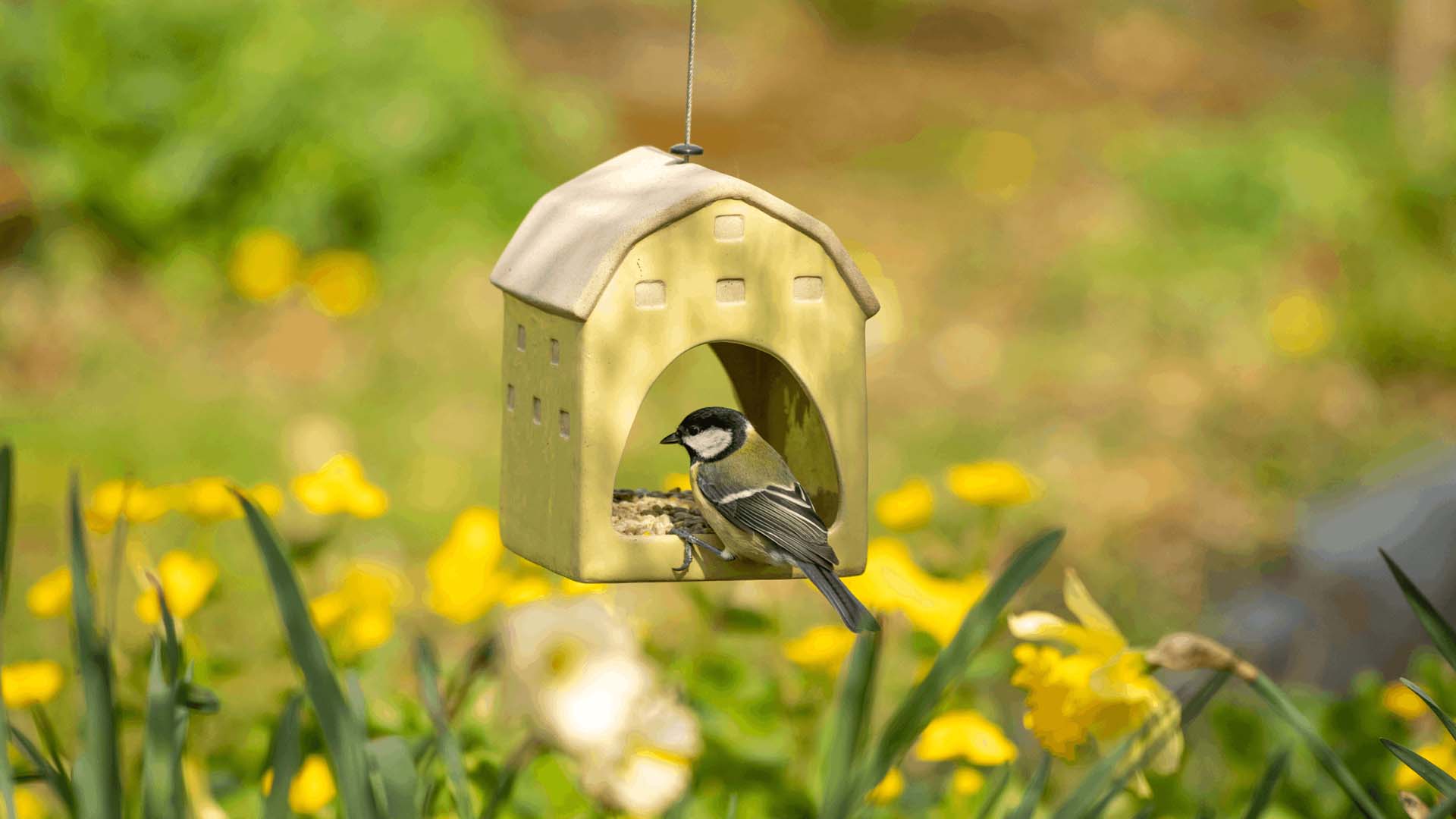
Don’t make these bird-feeding mistakes. Expert advice on how to feed birds in your garden safely.
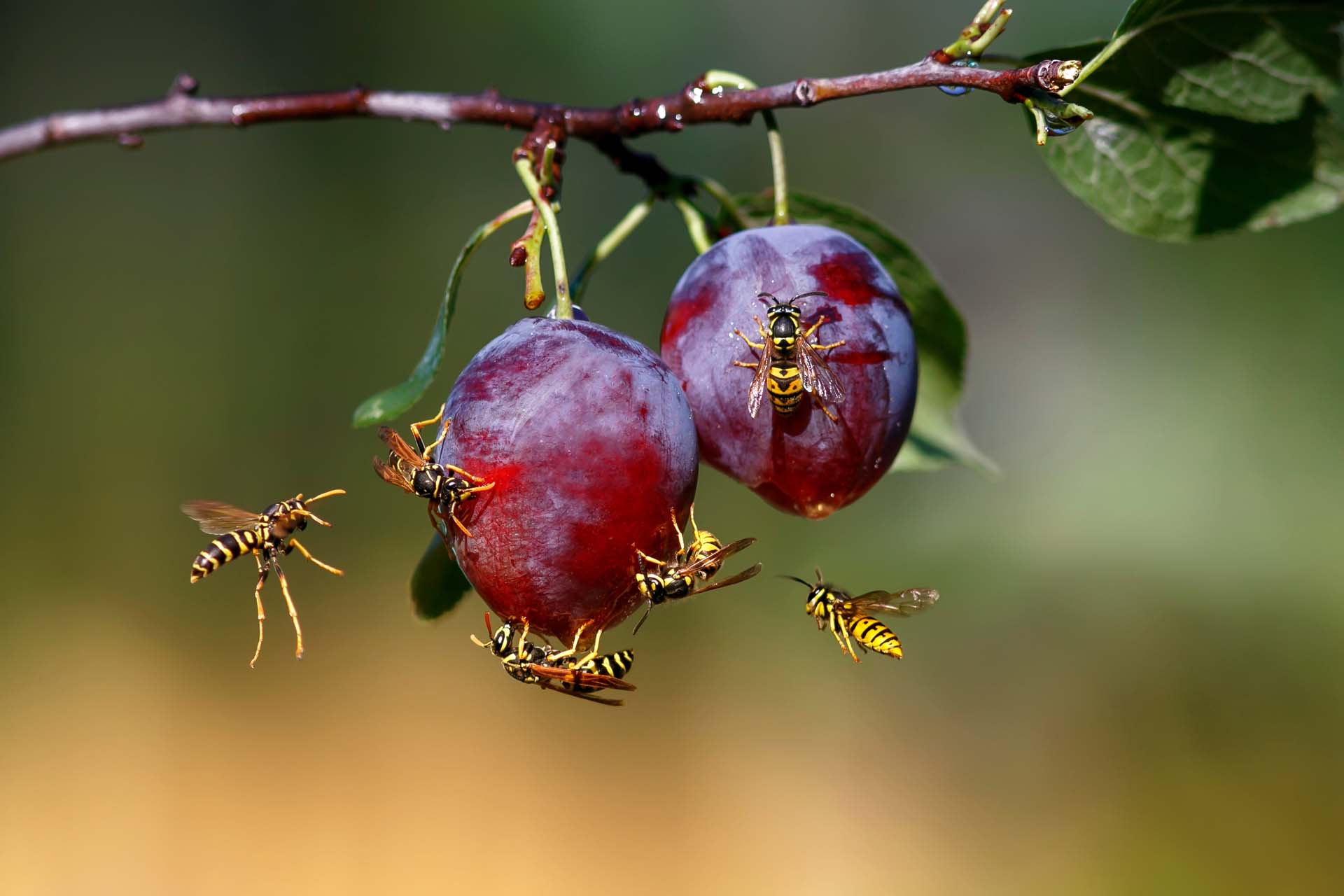
Blighted by buzzing? How to keep wasps out of your garden without harming them so you can enjoy the summer.
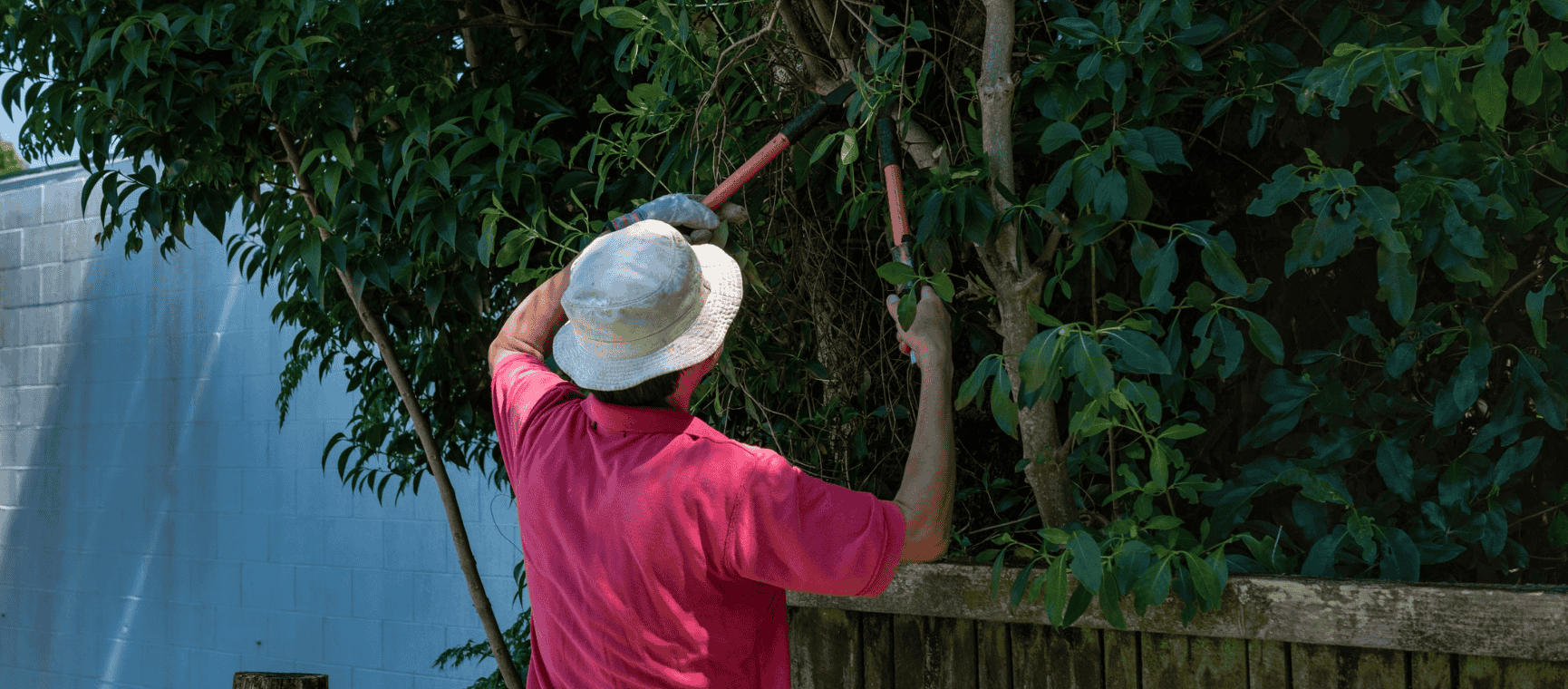
The ways you could be breaking the law in your back garden - with expert advice on how to avoid neighbour disputes, a fine or even a prosecution.
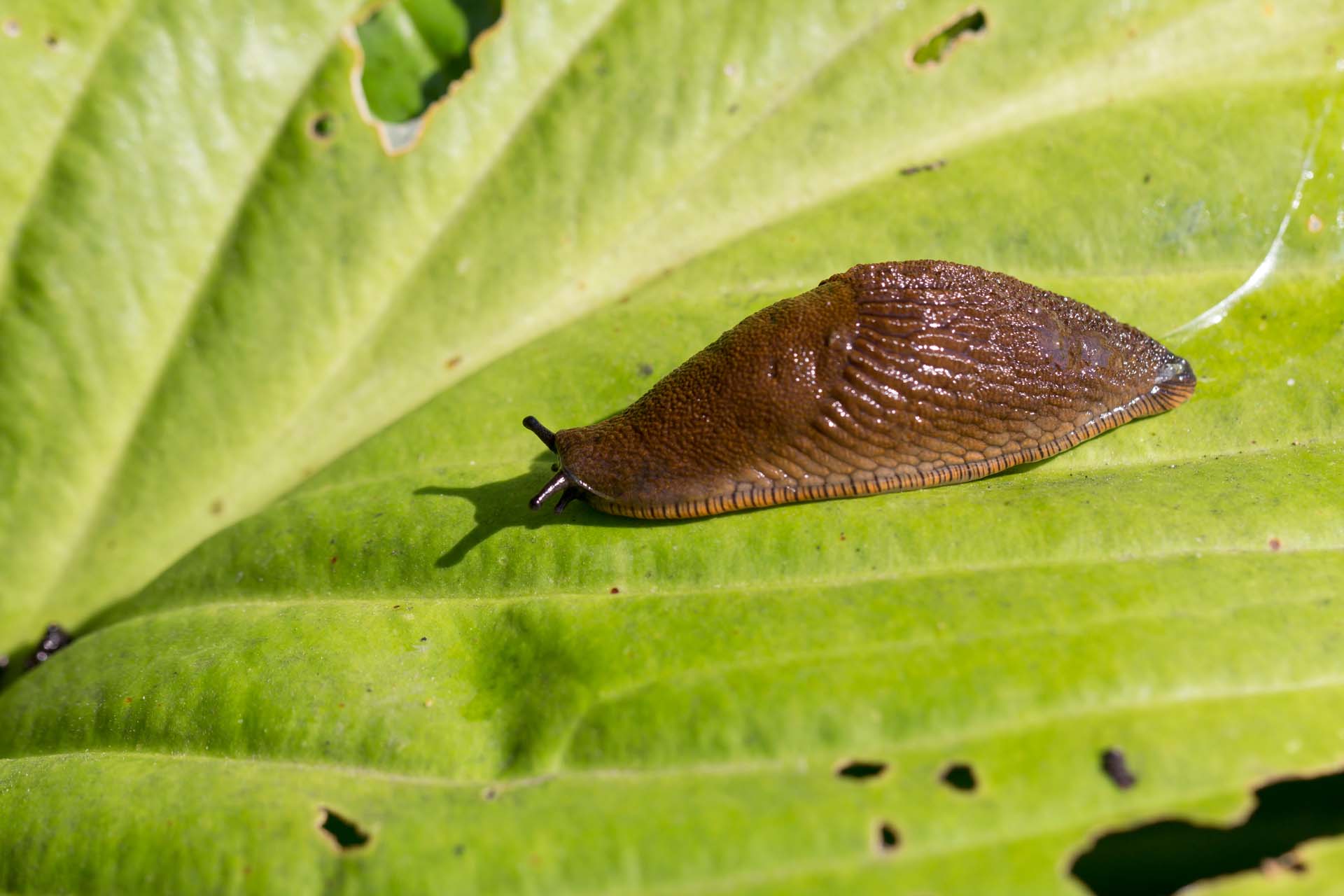
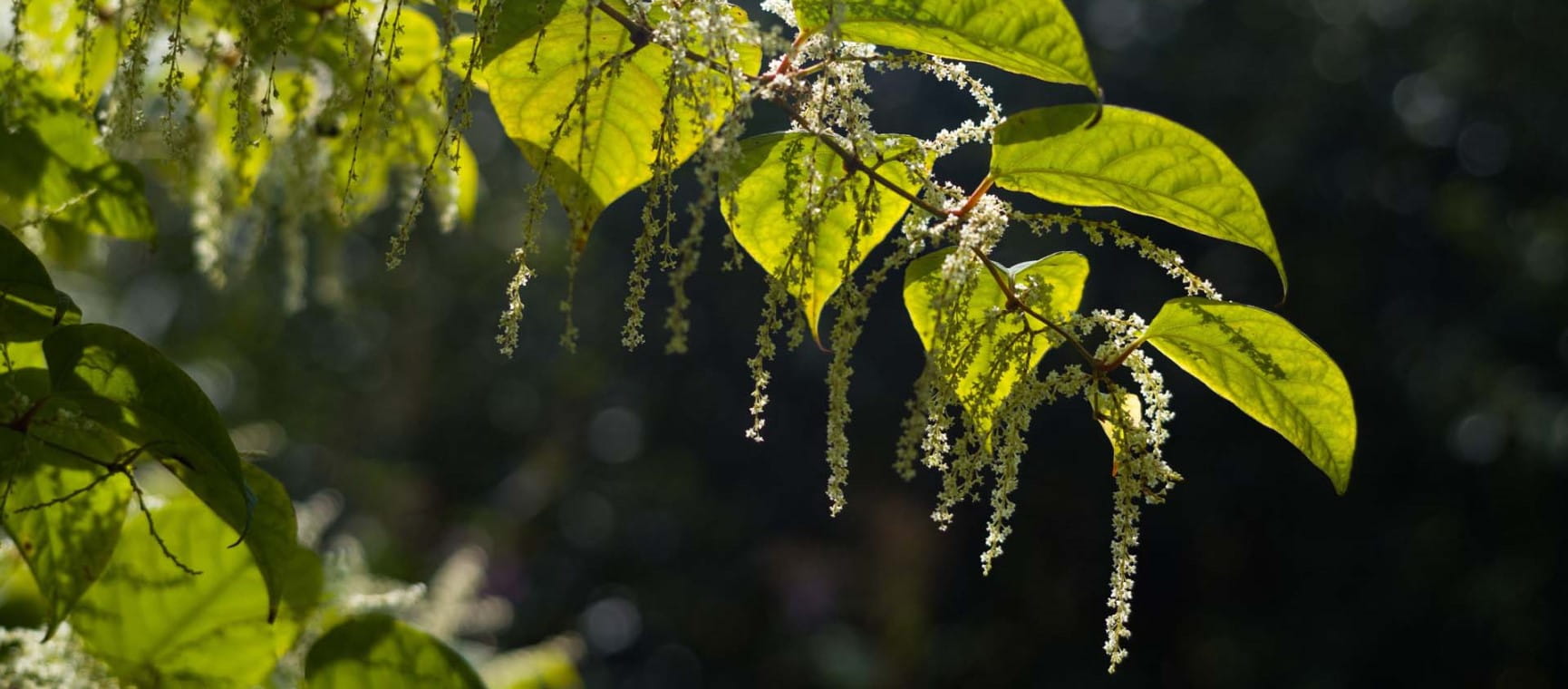
Everything you need to know about Japanese knotweed, the fast-growing plant nobody wants in their garden.